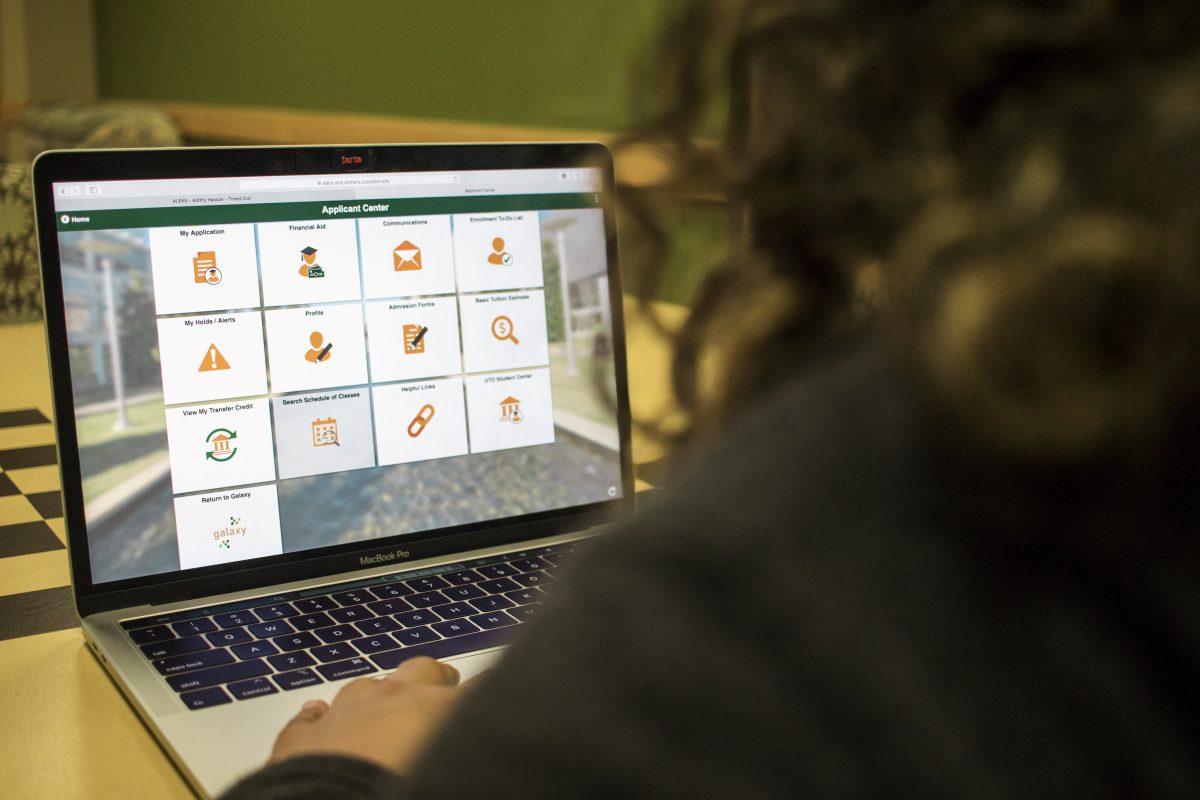
On Oct. 28, the Office of Information Technology made
sweeping changes to the Orion Student Center.
The new layout is now mobile-friendly compared to the
previous design where accessing the website from a mobile device was not as
intuitive, the changes make it easier to navigate and have higher user
optimization.
“Well, it started with some feedback we’ve gotten from users
either in our administrative offices and from students over the years,”
Director of PeopleSoft and Analytics for OIT Ryan Meyers said.
Meyers and other OIT workers have to work with the Orion
system, which is sponsored by Oracle and based on the PeopleSoft system.
“Their technology is moving towards more of a usability
focus from an old functionality focus,” Meyers said. “So this was an
opportunity for us to leverage some of that new look and feel this new user
experience options that they gave us.”
Previously, the student center simply had links to get to
certain places, but now, OIT has changed it so students are able to see ten
panels of categories that they can choose from.
“In coordination with the registrar’s office, enrollment
management and some of the other functional areas as well as some of our
student workers, we identified some opportunities to make it a little more
efficient and more effective and make it more mobile friendly,” Meyers said.
In terms of future advances in other areas, Business
Technical Analyst for the Orion team, Allison Lewis, said there is potential.
Lewis said they started with the student center as students make up the largest
user group.
“This is kind of a first step to being able to make the
system a little more student-friendly, user-friendly,” Technical Leader for
PeopleSoft and Orion Scott Harman said. “So I think you’ll see continued
rollouts of either incremental changes to the student center that’s out there,
enhancements, expansions of it. We also have in our other functional areas
faculty focus advisor pieces, other items
and other areas that we think will enhance their ability to serve our
students better.”
This change was not an easy one, Harman said.
“I think the biggest thing to understand is (that) there are
thousands of things that go into this,” he said. “This is not a standalone
piece of software that does one thing. There’s a lot of changes (in) the way
the processing goes on in the background, like number of servers, things like
that.”
In terms of feedback, Meyers said students and other users
have given positive reviews to the changes.
“We’ve had a lot of students say ‘It’s easier to use, I can
find things faster,’” Meyers said. “We’ve had a couple of students report some
bugs. It’s allowed us to adjust some things fairly quickly based on that
feedback. But for the most part, they like the fact that it’s mobile-friendly
all the way through where it wasn’t before.”
Harman sees this change as a learning curve as the OIT
workers also learn how to change the program. Students can visit the OIT
website for more information.
“It’s an opportunity for us to continue to expand. If you’re
in IT, one of the things that you have to do is enjoy learning new things
because the technology always changes,” Harman said. “While on the front end,
the goal is to make it look simple and you know, very streamlined.”